If you think of the late 1980s as a fashion battlefield where bold colors and daring silhouettes ruled, you're on the right track. You'll notice trends like high-waisted jeans and oversized sweaters, reflecting a unique blend of rebellion and sophistication. Icons such as Madonna and designers like Thierry Mugler pushed boundaries, creating styles that were unapologetically expressive. Yet, what really drove this eclectic mix? Exploring the influences behind these trends reveals a fascinating interplay of culture, individuality, and the desire for empowerment.
Key Fashion Styles of the Late 80s
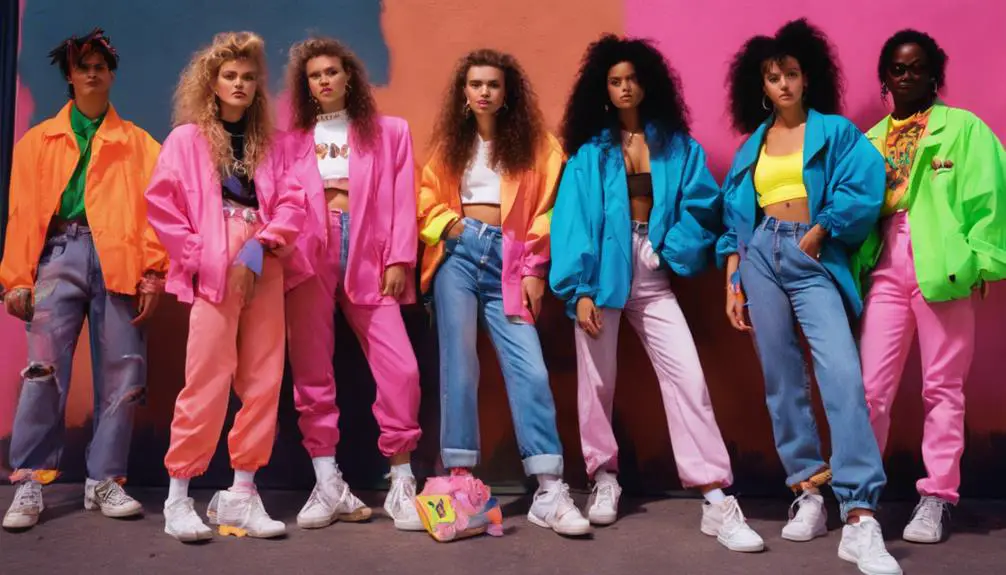
When you look back at the late 1980s, you'll notice that fashion was all about bold statements and vibrant expressions. This era thrived on high-waisted jeans, affectionately dubbed "mom jeans," which you often paired with crop tops or tucked-in shirts that highlighted your waistline. The trend not only celebrated a youthful silhouette but also embraced comfort and style, much like the evolution of wrap coats in the 1960s that provided versatility for various occasions.
Power dressing became a significant style for women, characterized by structured blazers, shoulder pads, and tailored suits in bold colors. This fashion choice allowed women to assert authority in the workplace while still showcasing personality through vibrant patterns.
The oversized sweaters that became popular during this time offered a cozy yet chic aesthetic, often complemented by leg warmers that added a playful touch.
Athletic wear surged in popularity, transforming casual attire into fashionable statements. You'd see leggings, bodysuits, and oversized sweatshirts adorned with scrunchies, celebrating both comfort and fitness. This trend blurred the lines between athleticism and everyday style, making it easy to shift from the gym to social gatherings seamlessly.
To top off your outfits, statement accessories were essential. Bold earrings, chunky necklaces, and eye-catching hats were often layered to enhance your unique look.
The late '80s truly championed an exuberant fashion scene, where you could express your individuality through the vivid colors and dynamic styles of the time, making it a memorable chapter in fashion history.
Influential Icons and Designers
The late 1980s wasn't just about bold styles and vibrant trends; it was also a time when influential icons and designers shaped the fashion landscape. Pop superstar Madonna became a beacon of eclectic style, blending elements of punk, glam, and street fashion that mesmerized fans in her music videos and public appearances. Her daring looks set the stage for a cultural shift in fashion.
Thierry Mugler emerged as a key figure with his theatrical, sculptural designs that emphasized exaggerated silhouettes, contributing considerably to the power dressing trend. His creations didn't just make a statement; they commanded attention.
Meanwhile, Vivienne Westwood, a pioneer of the punk movement, continued to innovate by merging historical references with contemporary flair, leaving a profound impact on both high fashion and street styles.
Jean Paul Gaultier took things a step further with his provocative, gender-bending designs, challenging traditional norms of femininity and masculinity. His use of unconventional materials brought an exciting twist to the fashion world.
The late 1980s also saw the arrival of Japanese designers like Issey Miyake and Yohji Yamamoto, who introduced concepts of deconstruction and minimalism, offering a fresh perspective that would influence future trends.
Together, these icons and designers didn't just reflect the era; they defined it. Their contributions shaped the late 1980s into a dynamic period of fashion evolution, paving the way for the diverse styles we appreciate today.
Power Dressing and Professional Looks
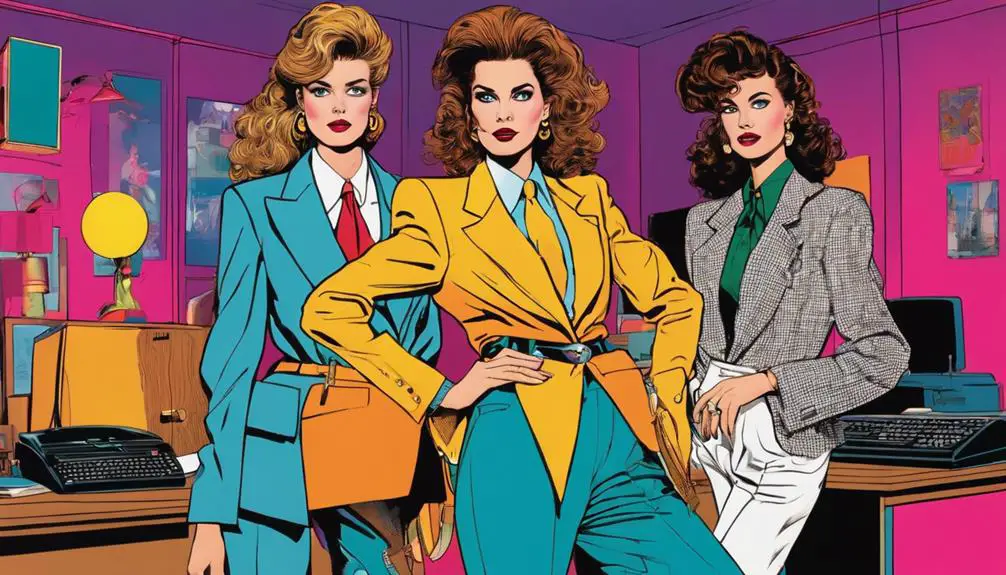
Power dressing transformed the professional landscape in the late 1980s, empowering women to assert their presence in the workplace with confidence. This trend was characterized by power suits featuring oversized shoulder pads, which added a striking silhouette that commanded attention.
Tailored suits became essential pieces of women's fashion, expertly designed to embody authority while enhancing femininity. Designers like Thierry Mugler and Karl Lagerfeld pioneered these looks, combining classic styles with modern elements that redefined professional attire. The importance of fashion during this era mirrored the historical impact of brands like Chanel, where high-quality craftsmanship and iconic designs influenced women's empowerment in the workplace and beyond, as seen in vintage Chanel items.
Bold colors played a critical role in this movement. Women embraced vibrant hues that reflected their assertive workplace image, moving away from the subdued tones of previous decades. Structured blazers, often paired with coordinating skirts or trousers, created an organized and polished appearance, further cementing the idea that women could thrive in traditionally male-dominated environments.
Television shows like *Dynasty* greatly influenced this trend, showcasing powerful female characters dressed in luxurious outfits that set new standards for professional attire. The combination of heavy makeup and big hairstyles contributed to a bold aesthetic, reinforcing the message that confidence and style go hand in hand.
Casual and Sporty Trends
Casual and sporty trends took the fashion scene by storm in the late 1980s, blending comfort with style in a way that resonated with a generation seeking freedom of expression.
This era saw a dramatic shift towards clothing that didn't just look good but felt good too, making everyday wear a canvas for creativity and individuality. With high-cut one-piece swimsuits and bodysuits gaining popularity thanks to fitness icons like Jane Fonda, you could easily infuse athletic elements into your wardrobe, reflecting the vintage tag identification that became prominent in later years.
Biker shorts became a staple, often paired with oversized blazers or graphic tees, creating a relaxed yet chic aesthetic. Wide-leg jeans also made their mark, offering a flattering fit for all body types, usually styled with crop tops or tucked-in shirts to highlight the waist.
Here are some must-try elements from the late '80s casual and sporty trends:
- Brightly colored and patterned spandex leggings that scream fun and energy.
- Layering techniques using jackets, cardigans, and accessories to personalize your look.
- Graphic tees that express your favorite band or slogan, adding a playful touch to any outfit.
This decade truly celebrated boldness and experimentation, encouraging you to mix and match pieces like leggings with oversized blazers, or wide-leg jeans with vibrant graphic tees.
Lasting Impact on Modern Fashion
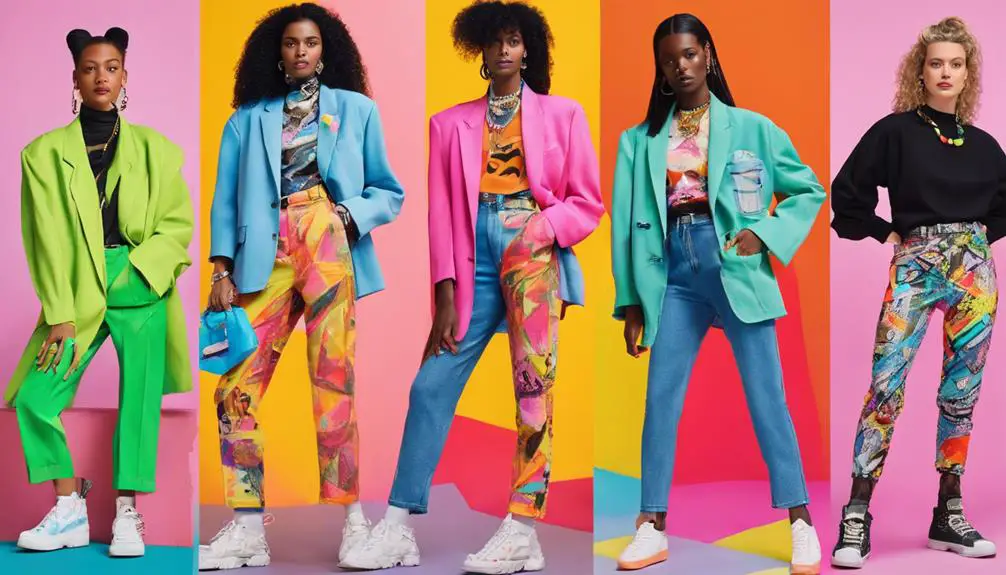
Bold colors and oversized silhouettes from late 1980s fashion continue to resonate in today's wardrobes, shaping the vibrant aesthetics of modern streetwear. This era's influence is particularly evident in how women embrace power dressing, which features structured silhouettes and signature shoulder pads that exude confidence and authority.
Today, you'll often see this style reflected in professional attire, proving that the boldness of the past still holds sway. Curiously, similar to the revival of iconic styles like the velour tracksuit from Juicy Couture, the late '80s fashion trends highlight a cultural nostalgia that drives contemporary fashion choices.
Denim, especially high-waisted and acid-wash jeans, has made a triumphant return, often paired with crop tops and oversized jackets, showcasing a nostalgic nod to the '80s while remaining contemporary. The enduring popularity of graphic tees adds a playful element to street style, allowing for personal expression and a connection to fashion history that celebrates individuality.
Moreover, the eclectic style choices that characterized the late '80s laid the groundwork for today's fashion movements, which prioritize individual expression and diversity. You can mix and match bold accessories, vibrant patterns, and various textures to create unique outfits that reflect your personality.
This celebration of individuality encourages you to explore different styles and embrace what makes you, you. As you navigate your wardrobe, remember that the influences of late 1980s fashion aren't just relics of the past; they're vibrant threads woven into the fabric of modern fashion, inspiring a generation to express themselves boldly and authentically.
Whether you're rocking oversized silhouettes or a graphic tee, you're part of a rich fashion legacy that thrives on creativity and self-expression.
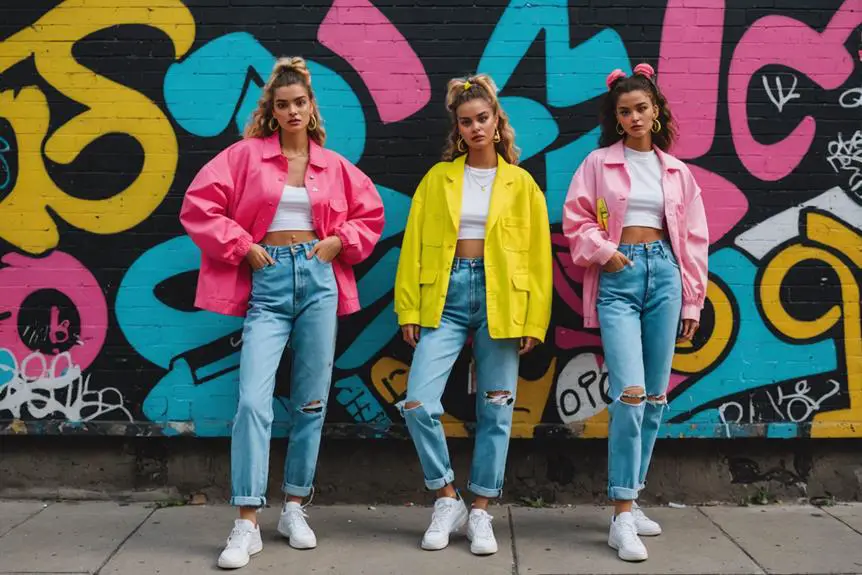

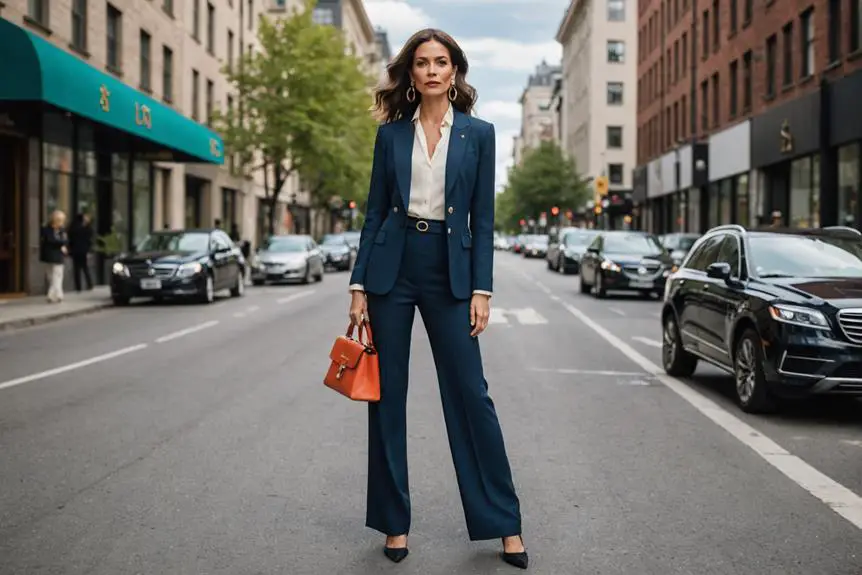
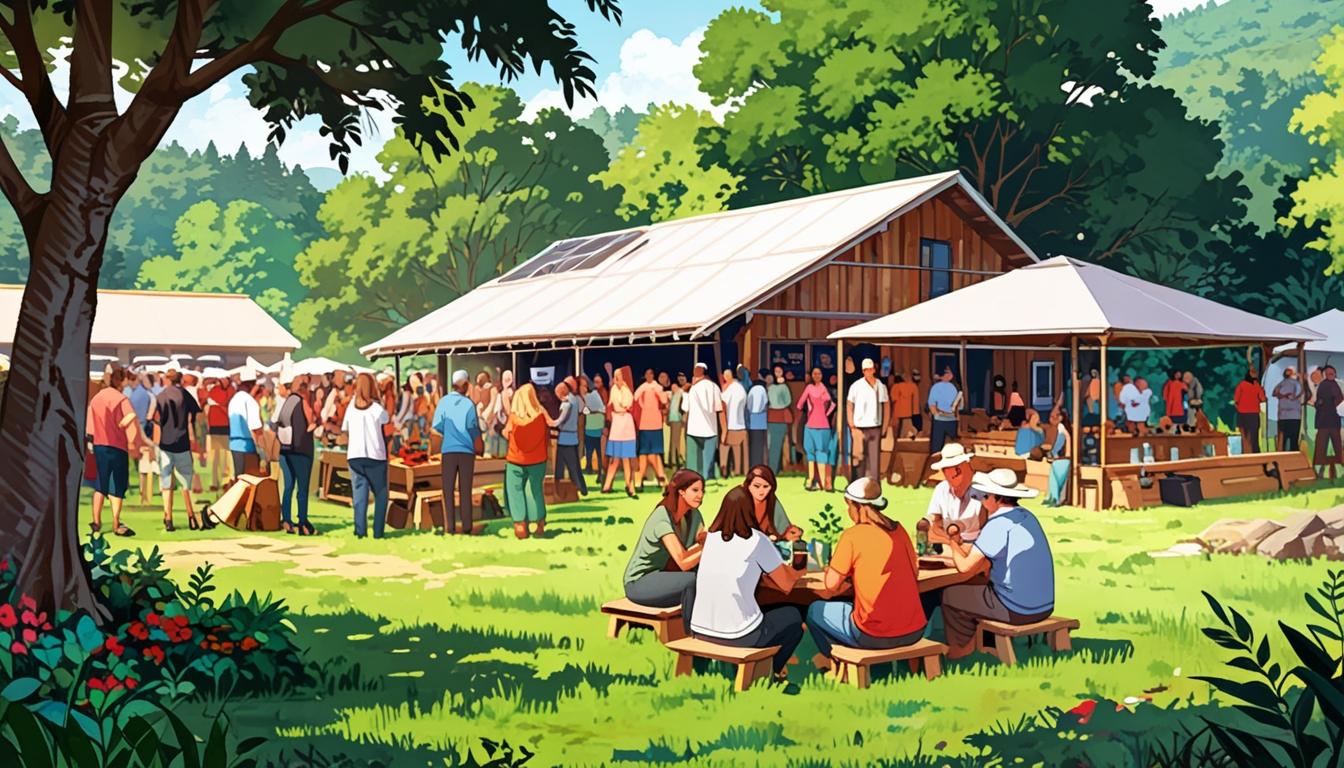
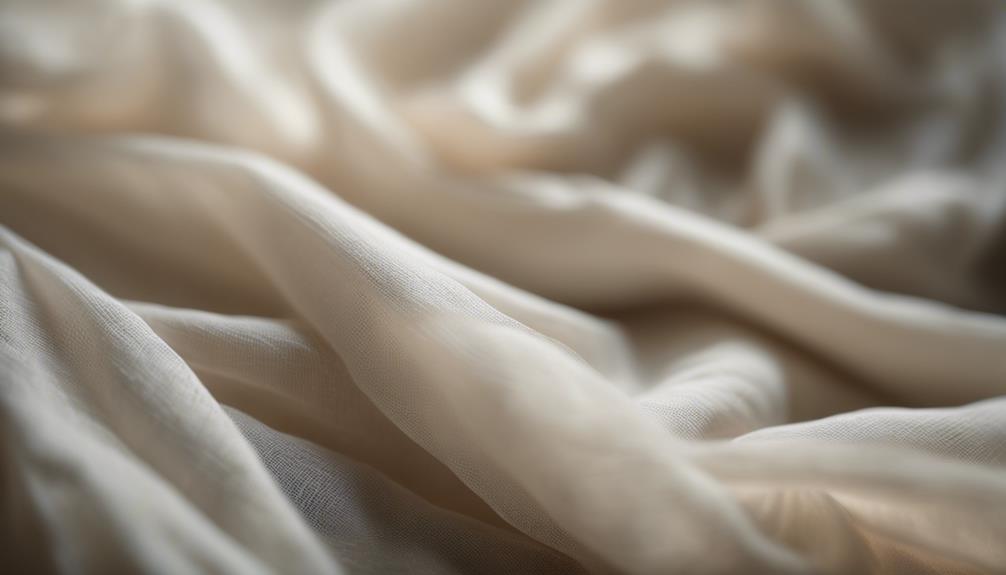
????? ????? ?????????? ? ???????? ? ??? ?????? ??????? ????????? ????? ?????????.
?????????????? ??????????? ??????????? ??? ??????? ????????? ??????? ? ???????? .
??????? ????? ?????? ??? ???????? ????? ??????? ??????????? ? ????????? ???????? .
??? ???? ???? ??????????
??? ???????? ? ?????? ?????? , ????????? ?????? ???????? ?????? .
???????? ??????????? ????? ? ???????? ????????? ? ??????? ??????.
?????????? ???????????? ??????? ??? ???????????? — ?????????? ??? ?????? !
???????????? ???? ??? ?????? ?????????? ?????????? ??? ????? ???????????????.
??? ???????? ???????? ????????? ?????? ?? ?????? ??????????.
????? ???? ???????? ??? ????????????.
??? ???????? ?????? ????????????????? ??????? ?????? ??????????.
eyed bot
??? ????????? ??????? ????? ??????????? ??????? ???????.
????????? ??????? ????? ???????? ??????? ??????.
????? ????????? ?????? ???????????? ????? ????????????.
???????? ?????????? ?????????? ????? ?????????? ????????? ? ???????.